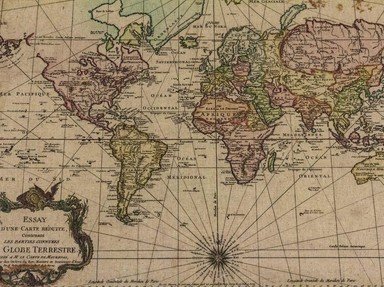Quiz Answer Key and Fun Facts
1. As the royal seat of the dominant power in the Chao Praya Basin, this city grew and prospered when King U-Thong founded it in 1350 AD. In 1767 AD, and after a 15 month long siege, it was burned and destroyed by the Burmese. What was the name of this city?
2. Founded in 206 BC, Italica grew in prominence during the 2nd and 3rd Century AD. It was also the birthplace of both Emperors Trajan and Hadrian. In what country is Italica located?
3. Excavations have uncovered this ancient Greek trade settlement which was established during the 5th Century BC. It was located on the banks of Maritsa River and prospered until it was destroyed by the Celts in 2nd Century BC. Name the trade settlement described.
4. With plenty of gold in this mountainous landscape, this site was the most important gold-mining area in the Roman Empire. Aqueducts brought water from outlying rivers which were used to erode the mountains. Where was the location of this site?
5. This possibly earliest settlement situated on the banks of the Karatoya River in Bangladesh, served as the capital city of Pundravardhana. What was the name of this site?
6. Through trade and commerce, this city prospered. However in 850 AD, it was captured by a Danish viking known as Rorik. What is this city known as?
7. Lamu Archipelago is a group of islands situated off Africa's coastline. There are many rumours about the sinking of a ship in 1415 AD that belonged to the Chinese admiral, Zheng He. In which country is Lamu Archipelago located?
8. What is the name of this fertile volcanic island which was created by the merger of two volcanoes? It is located in Lake Nicaragua and has been inhabited since 500 BC, when the Nahua Indians arrived.
9. Famous for its university, this city was a prominent hub of learning during the Islamic Golden Age when education was highly emphasized. It is located on the fertile Tihama Plain in western Yemen. What was the city mentioned?
10. An important royal seat during the early years of Iberia, Armazi flourished because of its accessible road networks linking to the Dariel Pass. However, Armazi was destroyed in 736 AD by the Arabs. In today's geography where would Armazi have been located?
Source: Author
knightmyst
This quiz was reviewed by FunTrivia editor
Exit10 before going online.
Any errors found in FunTrivia content are routinely corrected through our feedback system.
